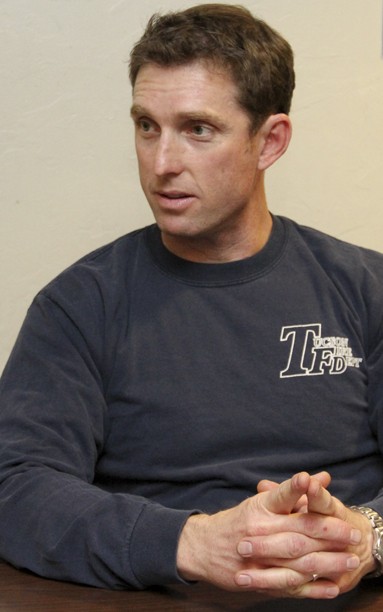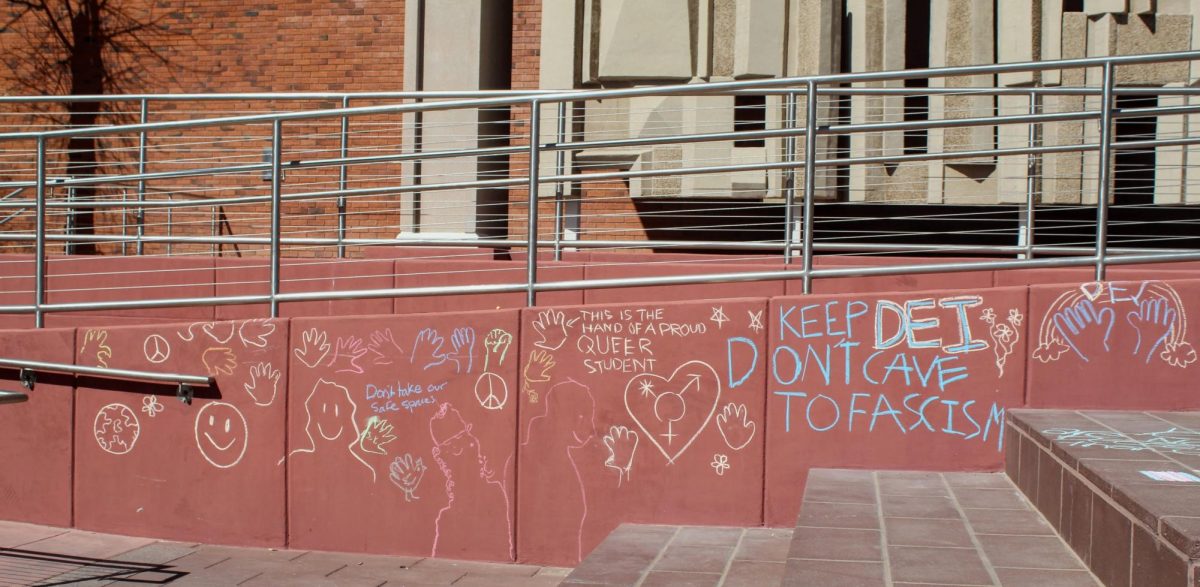A statewide collaboration is furthering the treatment of traumatic brain injuries within Arizona.
The National Institutes of Health chose Arizona as “the only state to evaluate the national standards for pre-hospital emergency care of traumatic brain injury,” according to an Arizona Department of Health Services news release. Some attribute this success in treating severe brain injuries to the Excellence in Pre-hospital
Injury Care, or EPIC, program.
The UA College of Medicine is currently involved with EPIC, which is the only project of its kind in the country. It is a major collaboration between the Arizona Department of Health Services, the UA, Arizona Fire Departments and EMS agencies. Through EPIC, it is possible to track how its guidelines are helping patients by collecting data from paramedics and EMTs, and linking it to the Arizona State Trauma Registry.
It is then possible to determine different scenarios for patients, including survival, length of stay in the hospital and cost, according to Dr. Ben Bobrow, medical director at the Bureau of EMS and Trauma System and a professor of emergency medicine at the UA College of Medicine on the Phoenix Campus.
As a result of EPIC, Arizona is the only state where pre-hospital guidelines have been established statewide. Currently, EPIC has trained about 85 percent of the entire state’s EMS systems, Bobrow said. As research continues to develop, EPIC members plan to continue training and implementing guidelines for these systems.
The new guidelines help prevent three major problems in traumatic brain injury treatment: low blood pressure, not maintaining good oxygenation and prophylactic hyperventilation, which is when someone breathes too fast or with too much volume of oxygen. In the past, hospital providers believed that hyperventilating a patient was a positive thing. If a patient was unconscious, providers used a mask or tracheal intubation, which involved placing a tube in the patient’s throat to provide large volumes of oxygen. Providers now know the procedure can negatively impact a patient’s recovery.
“It was quite common when I first started that if someone were to have a brain injury, they would say that you need to hyperventilate them and increase their breathing rate,” said Mike Heinz, a paramedic for the Tucson Fire Department. “They believed that hyperventilating a patient would shrink the blood vessels in the brain, causing bleeding to stop or at least lessen, Heinz said. “This current research basically has found that that’s the worst thing you can do. Traumatic brain injury has a huge mortality rate if it’s not treated appropriately.”
To solve this problem, EMS systems are using special breathing devices known as SMART bags. The SMART bags control the volume of oxygen, making it difficult for an EMT or paramedic to give the wrong amount of breaths, according to Mary McDonald, pre-hospital manager at the University of Arizona Medical Center — South Campus. If an EMT tries to deliver oxygen too quickly, the bag hardens, making it impossible to squeeze. A green light at the top of the bag lets the emergency responder know when to squeeze the bag again.
However, high-end equipment like SMART bags can be very expensive. The Tucson Fire Department has nearly 700 people alone, McDonald said. But when a department completes the EPIC training, it receives the equipment for free, an incentive made possible by a donation from the Ramsey Social Justice Foundation.
The team at EPIC is hopeful that the project will dramatically change the outcome of TBI patients and become a model for other programs, Bobrow said. But it is the team of paramedics and EMTs who “are the real ones doing the life-saving work,” he added.









